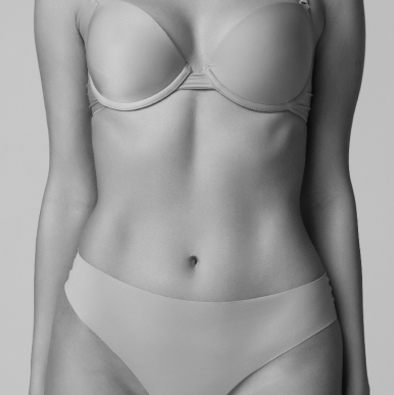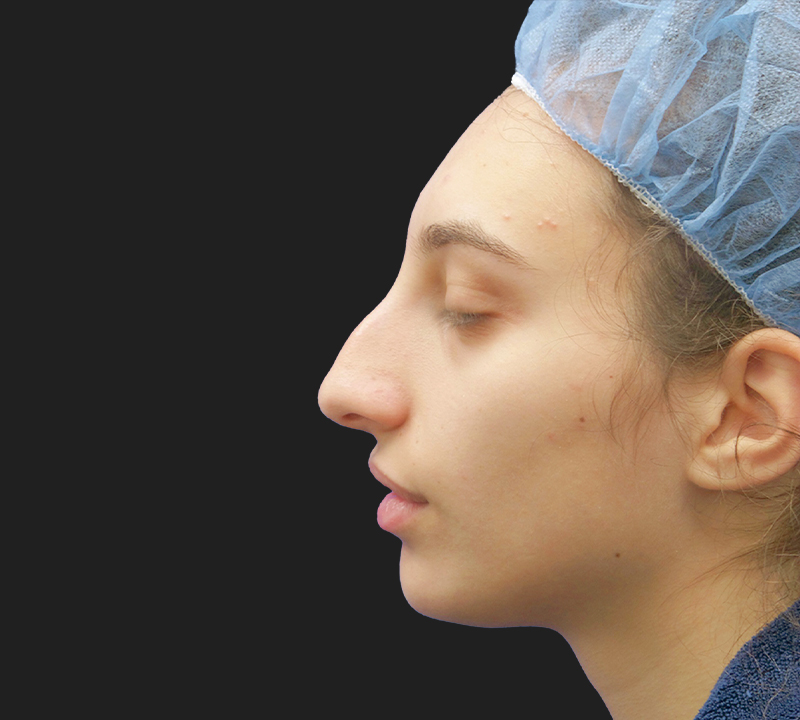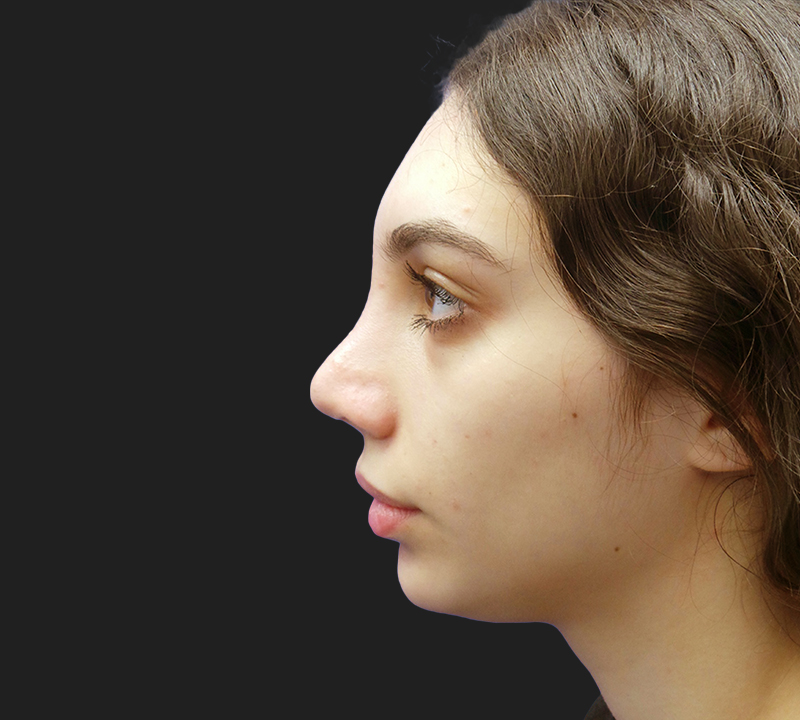Top Rated Rhinoplasty in New York

Is Rhinoplasty Right For You?
Nose Surgery (rhinoplasty) includes a number of procedures, which can change the appearance and/or improve the function of the nose. Cosmetic and functional procedures are often combined in a single operative session so that you both look better and breathe better. Rhinoplasty has advanced in recent years, giving the plastic surgeon and the patient more options than ever before.
In the past, rhinoplasty was done using a “cookie cutter” approach. Dr. Tehrani now has the ability to “customize” your procedure based upon your specific needs and anatomy. With the emphasis on diagnosis and with the aid of cosmetic computerized imaging, he will create a plan to obtain the most satisfying result.
read more
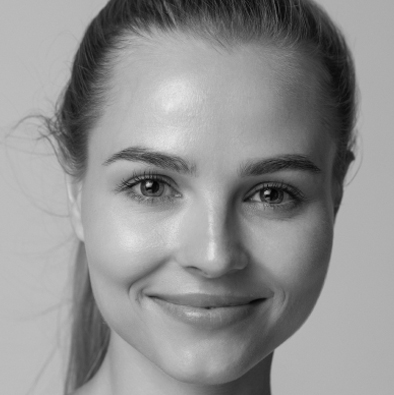
Who Is A Candidate for Rhinoplasty?
Candidates include men and women who are looking for improvement, not perfection, in the way their nose looks, as well as those who wish to improve their breathing.
Most plastic surgeons prefer not to operate on teenagers until after they have completed their growth spurt. In younger patients, the surgery can be performed after the skeleton of the face is fully developed.
This usually occurs in young men by the age of 16, while skeletal growth is usually complete in young women by the age of 15.
If you have had a previous operation on your nose and are unhappy with the outcome, you may be a candidate for secondary rhinoplasty. If too little bone and cartilage have been removed at the original surgery, for example, additional reduction of your nasal skeleton can be done. If, however, too much tissue has been removed or the remaining tissues are distorted, the rhinoplasty procedure may involve grafting bone or cartilage from other areas of your body.

During your initial consultation, Dr. Tehrani will ask you to describe your symptoms and how you would like your nose to look after surgery. He will review your medical history and conduct a physical examination. If you are determined to be a good candidate for surgery, Dr. Tehrani will use computerized imaging to show you what the outcome of your surgery can look like. Physical characteristics such as the size and shape of your nasal bones and cartilage, as well as the thickness of your skin, may affect the final result.
Dr. Tehrani may request that you visit your private medical doctor for a check-up and for any necessary lab work and x-rays. Precise preoperative instructions are provided, and all necessary prescriptions are given to you in advance of your surgery. All aspirin, aspirin-containing products, and anti-inflammatory products must be stopped at least ten days before and for ten days after surgery. You will be provided with a complete list of medications to avoid. Tylenol may be taken during this time, and we will suggest vitamins and homeopathic preparations to take prior to and after rhinoplasty to promote healing and limit bruising.
Some insurance companies will pay for rhinoplasty if it is medically necessary. Our office staff will help you determine if you are eligible for such benefits. Dr. Tehrani will write a “predetermination letter,” if required.
ANESTHESIA
General anesthesia is used for most nose surgeries, but local anesthesia with intravenous sedation may be sufficient in some cases. Dr. Tehrani and our anesthesiologists will help you make the decision that is best for you.
read more
The Preoperative Period
Rhinoplasty Procedure
Nasal surgery is generally performed as an outpatient procedure and takes 1-2 hours. It may be combined with other procedures, such as a facelift or chin augmentation. Altering the chin is often desired to provide better facial proportion.
After anesthesia is given, incisions are made, and miniature instruments are used to sculpt the nasal shape and size before the skin is re-draped on the new nasal framework. The nature and extent of the sculpting are dependent on your nasal anatomy and the desired contour.
When the rhinoplasty is completed, a splint is applied to maintain the new shape of your nose and to limit the amount of postoperative swelling. If the surgery involves straightening your septum, soft nasal splints may be placed in your nostrils to stabilize the septum. You will then be awakened and taken to the recovery room.
The Postoperative Period
The first 1-2 hours after rhinoplasty are spent in the recovery room. When you are fully alert, you will be able to return home in the care of a friend or family member. A private nurse can be provided at your request.
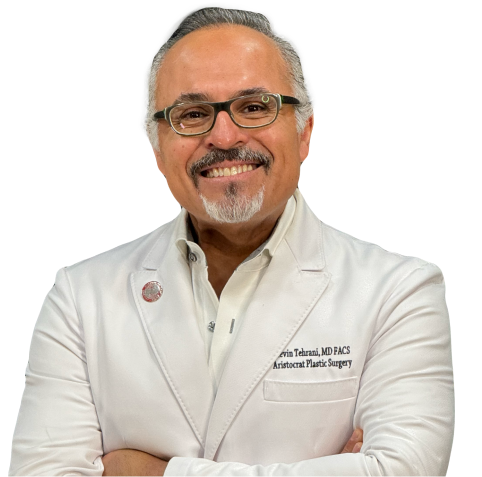
Meet Dr. Kevin Tehrani, MD FACS
Closed vs. Open Rhinoplasty
If an external incision is made across the tissue between the nostrils (the columella), this is what is called an “open rhinoplasty.” The external incision aids in the surgeon’s visualization of the tissues inside the nose. In a “closed rhinoplasty,” only internal incisions are made. This is possible for less extensive cases.
Dr. Tehrani uses the closed technique when possible since it results in no visible scars. While open rhinoplasty does create a scar across the columella, the incision is small, placed under the nose, and becomes virtually unintelligible within a few months.
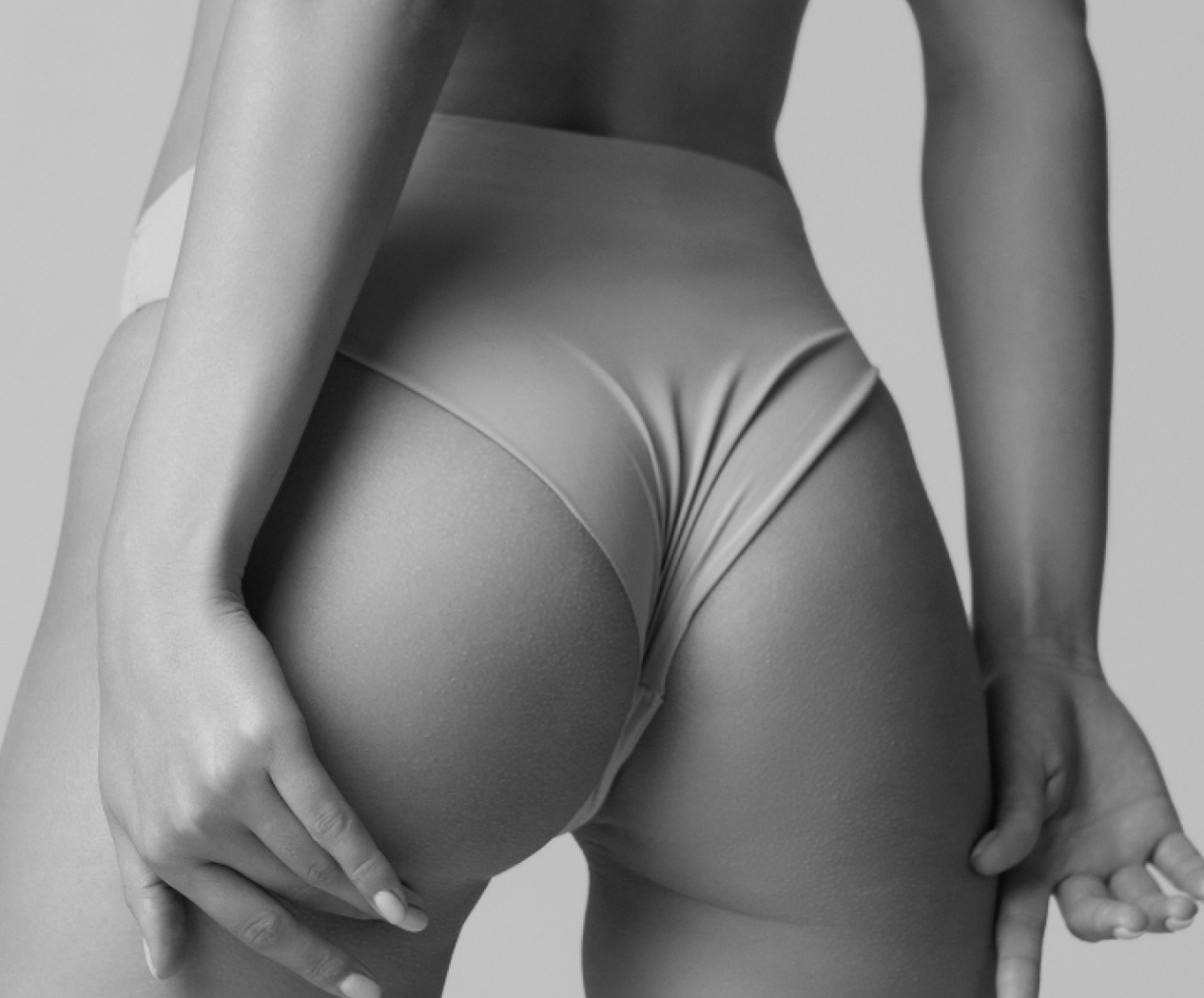
Rhinoplasty Recovery
You will be encouraged to keep your head elevated for several days and to use cold compresses to reduce swelling and bruising. There is very little, if any, pain following nasal rhinoplasty. Pain medication is prescribed, although it is usually not necessary.
There may be mild bruising and swelling for 1-2 weeks. A subtle degree of swelling will remain for several months. If you have nasal packing, it will be removed after a few days, and you will feel more comfortable. By the end of the first week, the splint will be removed.
Most patients can drive a car and return to work or social activities after one week. Strenuous physical exercise is avoided for three weeks, and contact sports should be avoided for six weeks. You can wear contact lenses after a few days. If you wear glasses, you will be given special tape to suspend your glasses from your forehead. It’s important not to allow the glasses to rest on the bridge of your nose for six weeks after surgery.
read more
Get in touch
To schedule a consultation, please fill out the form below or call us at our Manhattan or Great Neck office locations.
"*" indicates required fields
Frequently
Asked Questions
What concerns can rhinoplasty address?
It can reshape the nose’s size, tip, bridge, or nostrils, and correct breathing issues (deviated septum).
How old should I be to have rhinoplasty?
Generally, nasal growth should be complete—around age 15–17 for girls and 16–18 for boys.
Is rhinoplasty painful?
Patients usually report discomfort rather than severe pain. Swelling, congestion, and mild soreness are common during the first week.
Will I have visible scars?
A “closed” rhinoplasty hides incisions inside the nostrils, while an “open” approach places a small incision under the nose. Scarring is minimal and typically fades well.
When can I see final results?
Though much of the swelling subsides within a few weeks, the nose refines gradually over 6–12 months.


